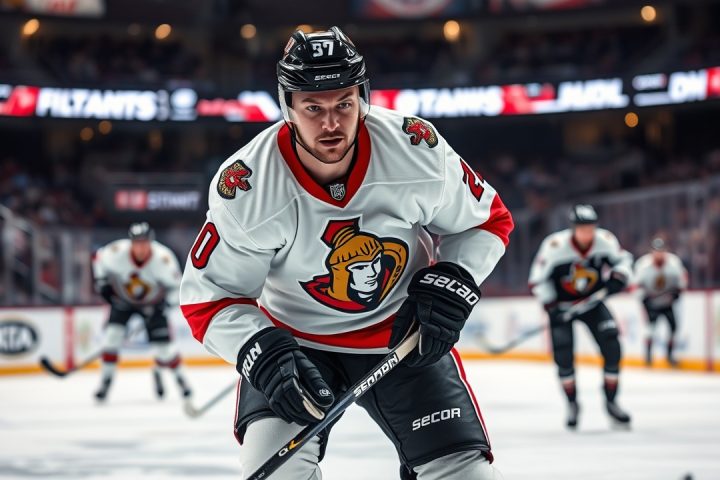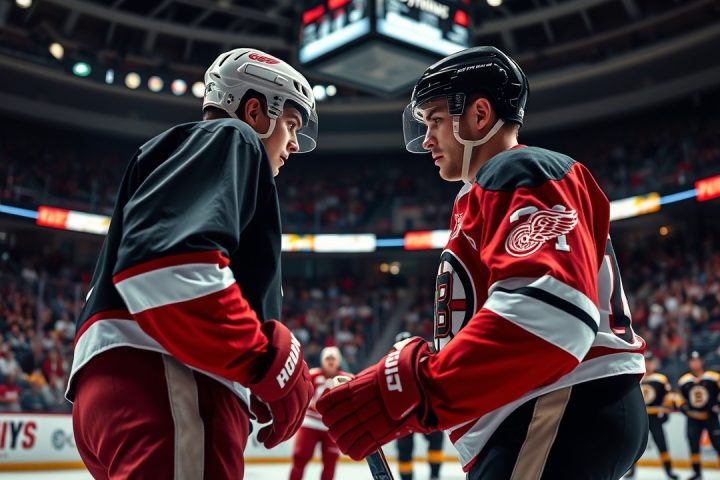NHL Unrestricted Free Agency Overview
The landscape of unrestricted free agency in the NHL this year has been lackluster, especially with many marquee players opting to extend their contracts with existing teams ahead of July 1. As a result, teams looking for both impactful players and depth have found their options limited, making it challenging to secure standout deals. Thus, a revised perspective on evaluating these contracts is necessary—what might traditionally be deemed a steal or bargain seems more aligned with terms like “fair” and “reasonable.” This shift reflects the evolving dynamics in a league experiencing significant salary cap growth, where the scarcity of star players makes any acquisition of high-end talent a notable achievement, regardless of contractual efficiency.
Noteworthy Free-Agent Signings
In light of this, a thorough examination of the free-agent signings reveals ten noteworthy contracts thus far, excluding players who re-signed with their previous teams or restricted free agents.
One of the offseason’s most significant signings was Mitch Marner, who joined the Golden Knights after proving himself to be a point-making powerhouse, consistently netting between 95-100 points along with a strong two-way game. His acquisition, at an average annual value (AAV) of $12 million—less than the cap hit of his previous deal with the Toronto Maple Leafs—highlights the competitive nature of this year’s market. While some question Marner’s playoff performance, his illustrious history with Team Canada suggests he could thrive in the lower-pressure environment of Vegas.
Meanwhile, Pius Suter‘s shift to the St. Louis Blues stands out after many expected him to soar in contract value post his career-best season. Instead, he secured a modest two-year deal, capitalizing on his astute defensive skills despite being undersized and a less-than-stellar faceoff percentage. Suter’s multi-faceted game and strong hockey IQ allow him to contribute significantly both offensively and defensively, making him a bargain at his $4.125 million cap hit.
The Hurricanes also made a savvy move by acquiring Nikolaj Ehlers, one of only three bona fide first-line forwards on the market this summer. Known for his blistering speed and creativity, Ehlers’s potential has been stifled by underutilization in previous seasons, but with the right deployment, he could easily net around 30 goals and 70 points per season.
In addressing their need for defensive depth, the Colorado Avalanche’s decision to add veteran Brent Burns for a $1 million contract—plus performance bonuses—was astute. Although Burns is now 40 and not the player he once was, he remains a top-tier penalty killer and should benefit from reduced minutes in Colorado, allowing him to handle less demanding matchups with effectiveness.
Goaltender Jake Allen secured a favorable five-year deal worth $1.8 million with the New Jersey Devils, proving to be a prudent investment given his performance metrics, especially in a weak goalie market.
Another notable contract is that of Vladislav Gavrikov, who signed for $7 million over seven years with the Rangers. The risk here lies in moving from a structured environment to a more chaotic one; however, his reliable defensive skills could provide stable play either alongside star Adam Fox or on the second pairing.
Following a difficult tenure with the Red Wings, Jeff Petry may reignite his career with the Florida Panthers by filling a sixth defensive role, potentially allowing him to maximize his contributions with reduced responsibilities.
Lastly, Brock Boeser re-signed with the Vancouver Canucks for $7.25 million over seven years, a decision that reflects the challenging landscape for top-six forwards and represents a calculated risk on the Canucks’ part to maintain offensive capability. Likewise, Andrew Mangiapane joins the Edmonton Oilers for some much-needed middle-six support, with the potential to flourish alongside established stars.
Conclusion
In summary, while the free agency period may not have yielded blockbuster deals, several teams have strategically acquired skilled players at contracts with reasonable terms, setting up prospects for the upcoming season.




